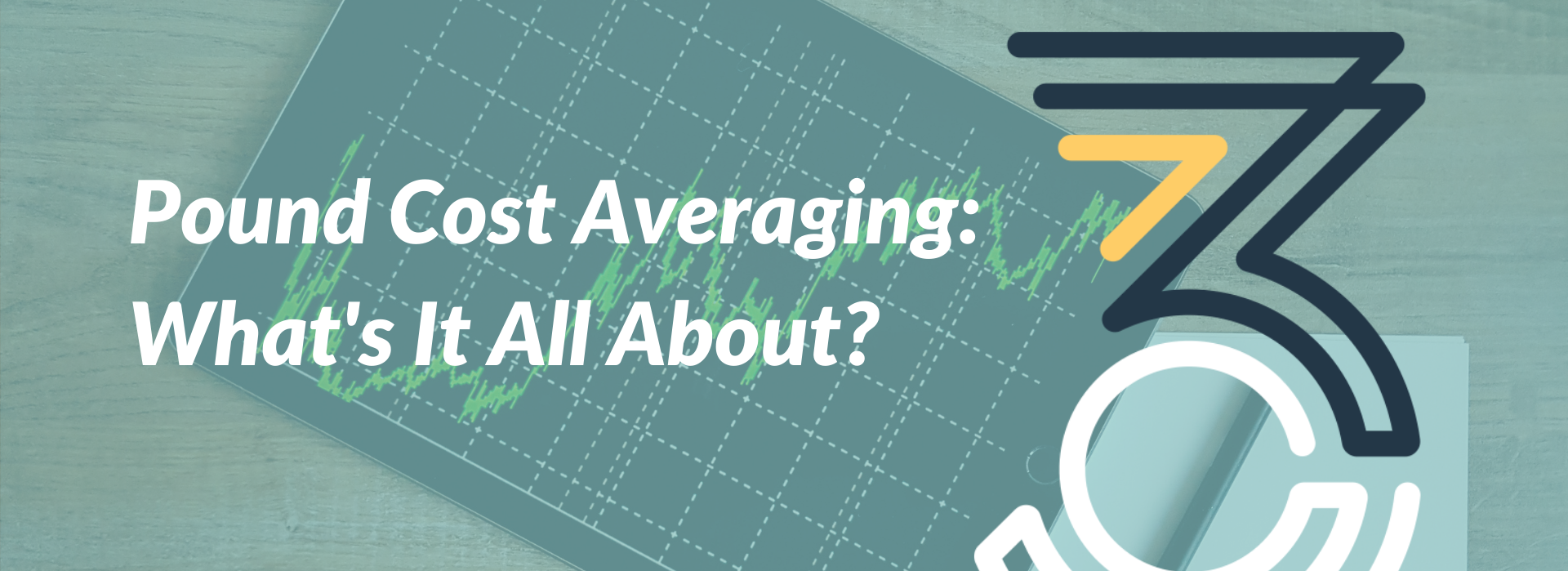Pound cost averaging is a phrase which is often used in passing by financial advisers. A little, well-known perk often associated with making regular contributions into an investment. But what does it actually mean? And does it make any difference to our investment returns?
Pound cost averaging refers to the ability to benefit from fluctuations in the price-point of the investment you are buying. Clearer? Possibly not. Imagine this:
You’re buying shares with £100 per month. The price of these shares goes up and down on a regular basis. When the share price is gradually climbing, all is rosy from an investment perspective however, each month, you can afford to buy fewer shares with your £100. They are becoming more expensive.
Alternatively, let’s imagine the above scenario however, after a few months, the share price halves. This means your next contribution can afford to buy double the number of shares, akin to shopping in a flash sale. When the share price recovers, you end up better off because of the relative-bargain share price you were able to benefit from. This results in you owning more shares, even though you haven’t spent any more money.
Sounds great, right? Right! Although it must be said, it comes with a few caveats. So here they are:
Firstly, if the share price falls, it will need to recover again to ensure you end up better off. Naturally, this can’t be guaranteed. However, as long as your investment is well-diversified (you don’t put all your eggs in one basket) it is likely that most falls in value will recover, over time.
Secondly, to benefit from pound cost averaging, you need to accept that you’re on a bumpy old road. And what’s great for new contributions, isn’t necessarily great news for what’s in the pot so far. Remember, if you’re buying in at a cheap price, the value of your entire holding will have fallen, too.
Finally: Pound-cost averaging is an often-positive upshot associated with making a series of regular, often monthly, contributions over time. If you have a lump sum to invest, there’s no way of predicting whether you’d be better off drip-feeding that money into the markets or putting it in as one lump sum. We never truly know when the price of an asset is on the way down or the way up, and trying to guess isn’t something we advocate. Therefore it’s important to try not to dwell too much on the timing of your contribution, focussing more on the total investment time horizon available to you. And, just as a reminder, investing should be for the longer term because, as we all know, investments can go down as well as up.


